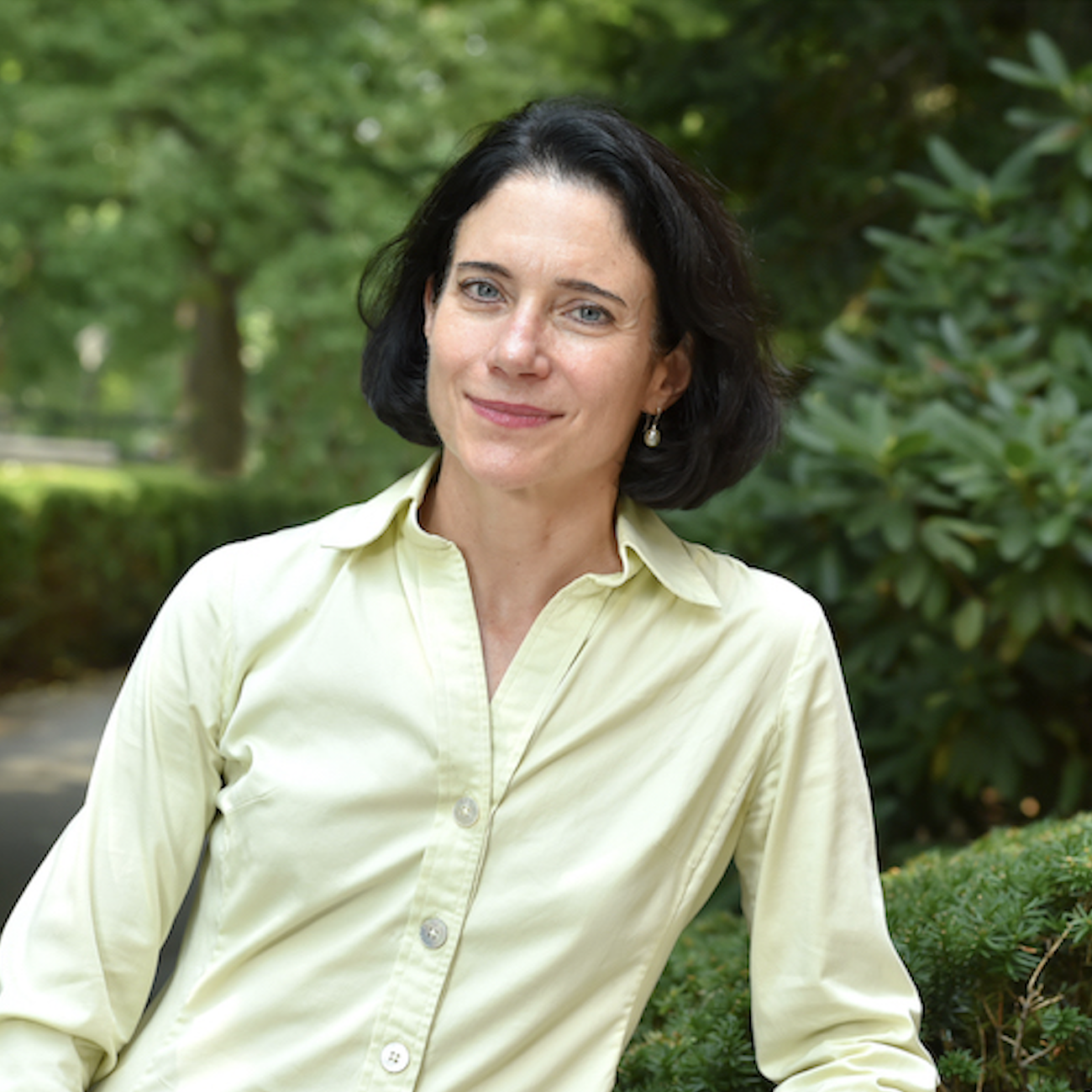Biography
Barbara E. Mundy’s scholarship dwells in zones of contact between Native peoples and settler colonists as they forged new visual cultures in the Americas. She has been particularly interested in the social construction of space and its imaginary, which was the subject of her first book, The Mapping of New Spain. Her most recent book, The Death of Aztec Tenochtitlan, the Life of Mexico City, draws on Indigenous texts and representations to counter a colonialist historiography and to argue for the city’s nature as an Indigenous city through the sixteenth century.
In the coming academic year (2021-22), Mundy will hold the Kislak Chair at the Library of Congress where she will be working on a book project, "The Embodiment of the Word: European Book Culture and New World Manuscripts." Rather than considering Indigenous manuscripts as phenomena separate from European books, the new work situates native bookmakers in the midst of the new technological revolution brought about by the printing press. While Martin Luther’s innovations (and conflagrations) take up most of the oxygen in the history of print in the early sixteenth century, attracting less attention, but equally radical, was the Spanish crown’s use of the new technology to control, via standardization, governance, language, and history. The testing ground of this imperial project was the “Indies,” as their American territories were called, and it is within this context that her protagonists--Indigenous writers, painters and bookmakers-- operated.
With Dana Leibsohn, Mundy is the co-creator of Vistas: Visual Culture in Spanish America, 1520-1820. Digital projects are a fundamental part of her teaching practice. Mundy serves as a Senior Fellow of Pre-Columbian Studies at Dumbarton Oaks, on the editorial boards of Latin American and Latinx Visual Culture and Estudios de cultura náhuatl. She is the incoming president of the American Society for Ethnohistory. Prior to coming to Tulane, she was a Professor of Art History at Fordham University in New York.
Education & Affiliations
B.A. Yale College, American Studies M.A., Yale University, History of Art. Ph.D. Yale University, History of Art.
Academic Experience
-
Professor, Department of Art History and Music, Fordham University, 2021-
-
Visiting Professor, Department of the History of Art, Yale University, 2018–2020
-
Associate Professor, Department of Art History and Music, Fordham University, 2002-2014
-
Visiting Associate Professor, Department of History of Art, Yale University, 2010
-
Assistant Professor, Department of Art History and Music, Fordham University, 1997-2002
Distinctions
-
John Carter Brown Library Fellowship, 2017-2018
-
Ailsa Mellon Bruce Senior Fellow, Center for Advances Study in the Visual Arts, National Gallery of Art, 2015-2016
-
Faculty Fellowship, Fordham University, 2011-2012
-
Faculty Fellowship, Fordham University, 2006-2007
Languages
-
Spanish 5, French 3, Nahuatl 2
Overseas Experience
Selected Publications
-
The Death of Aztec Tenochtitlan, the Life of Mexico City. Austin: University of Texas Press, 2015. Received the 2017 Latin American Studies Association (LASA) Bryce Wood Award; the 2016 Book Prize in Colonial Latin American Studies from LASA; the 2016 Eli
-
“Dating the Mapa Uppsala of Mexico-Tenochtitlan,” with Jennifer Saracino. Imago Mundi 73, part 1 (2021), pp. 2-15.
-
“No longer home: the smellscape of Mexico City, 1500-1600.” Ethnohistory 68, no. 1 (January 2021), pp. 77-101.
-
"Kubler’s ‘On the Colonial Extinction of the Motifs of Pre-Columbian Art’ reconsidered.” Latin American and Latinx Visual Culture 2: 4 (2020), pp. 55-60..
-
“The emergence of alphabetic writing: tlahcuiloh and escribano in sixteenth-century Mexico.” The Americas: A Quarterly Review of Latin American History 77, 3 (July 2020), pp. 361-407.
-
"Ecology and Leadership: Pantitlan and other Erratic Phenomena.” In The Florentine Codex: An Encyclopedia of the Nahua World in Sixteenth-Century Mexico, Jeanette F. Peterson and Kevin Terraciano, eds. 125-138. Austin: University of Texas Press, 2019.
Recent Publications
-
2021. “No longer home: the smellscape of Mexico City, 1500-1600.” Ethnohistory 68, no. 1 (January 2021), pp. 77-101
-
2018. La muerte de Tenochtitlan, la vida de México. Mexico City: Grano de Sal.
-
2016. “Out of the Shadow of Vasari: Towards a New Model of the “Artist” in Colonial Latin America.” with Aaron Hyman. Colonial Latin American Review 24, no. 3
-
2014. “La fuente del Tianguis de San Juan.” Boletín de Monumentos Históricos (Mexico) 32.
-
2012. “History from Things: Indigenous Objects and Colonial Latin America.” With Dana Leibsohn. World History Connected 9, no. 2.
Courses
Introduction to Art History: Global; Material and Meaning in the Ancient Americas Aztec Art and Architecture Culture Clash in the Americas The Book in the Sixteenth-Century Americas; Inventing a New World
Stone Center Departments
The Stone Center
People Classification
Faculty
Tulane Affiliation
Core Faculty
Region
Mesoamerica
